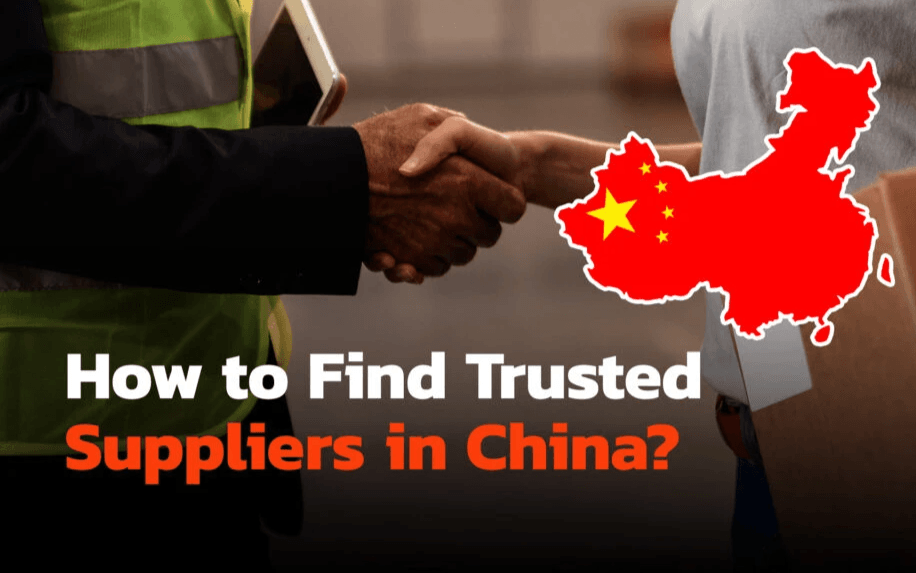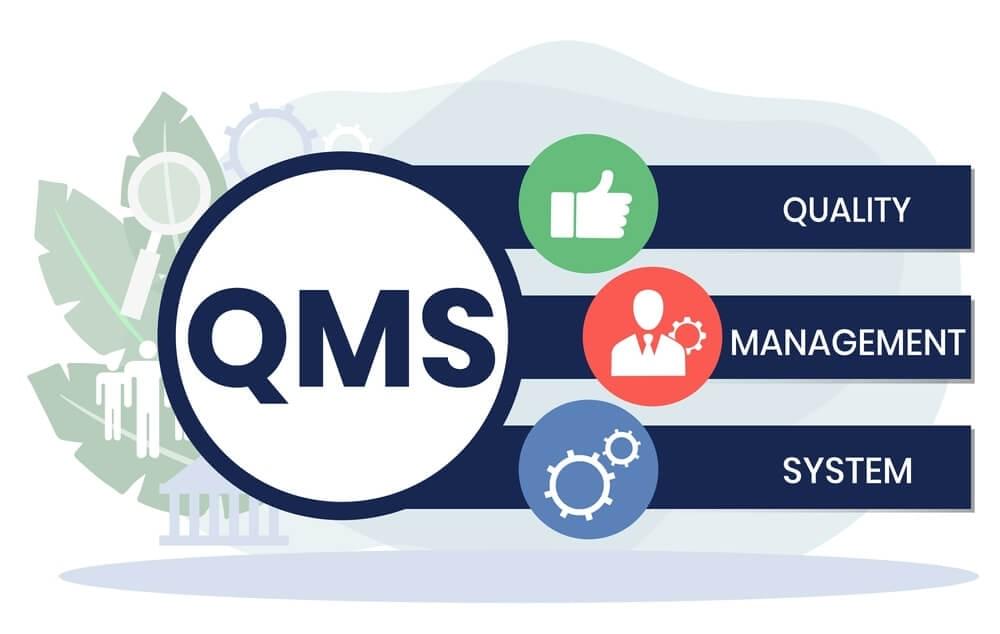Introduction: The High-Stakes Game of International Sourcing (Where the House Usually Wins)
In the rapidly evolving landscape of global trade, sourcing from Chinese suppliers remains a complex chess game where one wrong move can cost you everything. Except unlike chess, the pieces sometimes disappear in transit, the rules change mid-game, and your opponent might be playing checkers while you're playing chess. With geopolitical tensions, supply chain disruptions, and increasingly sophisticated manufacturing ecosystems, the margin for error has never been smaller—about the width of that last potato chip in the bag that you can't quite reach.
Welcome to international sourcing in 2025: where your business dreams and nightmares come packaged in the same shipping container.

Why This Guide is Different (Unlike Your Ex, We Actually Deliver)
This isn't just another recycled listicle written by someone whose closest experience to manufacturing was assembling IKEA furniture. This is a battle-tested, insider's playbook drawn from years of navigating the intricate world of international procurement. Each question is a strategic weapon designed to pierce through sales rhetoric and uncover the hidden truths that can make or break your sourcing strategy—or as we call it, "The Supplier BS Detector 3000."
If you're tired of responses like "no problem" followed by problems of biblical proportions, keep reading.
🔍 The 6 Killer Questions Every Importer Must Ask (Unless You Enjoy Surprise Plot Twists in Your Supply Chain)
1. Production Expertise: Have You Mastered My Exact Product? (Not "Something Similar" or "Almost Identical")
Red Flag Alert: Not all manufacturing experience is created equal. A factory that makes amazing steel water bottles might make stainless steel travel mugs that leak like the Titanic after meeting an iceberg.
✅ What to Look For: Precise product history that doesn't require creative interpretation or squinting
🚩 Warning Signs:
- Vague responses that sound like a horoscope ("We make many good products for many happy customers!")
- Lack of specific examples (or worse, examples that look suspiciously like your competitors' products with logos poorly photoshopped out)
- The phrase "We can make anything!" (Translation: "We will try anything once, with your money!")
Pro Tip: Request detailed case studies and production portfolios. If they respond with "Check Alibaba," run faster than you would from a bear attack.
2. Quality Control Access: Are You Transparent Enough? (Or Are You Hiding Bodies... of Rejected Products)
In 2025, transparency isn't just nice—it's non-negotiable, like pants in a business meeting or seatbelts on a rollercoaster.
🕵️ Your Mission: Verify the ACTUAL production facility, not their cousin's friend's brother-in-law's workshop that they sometimes use when orders exceed capacity
Critical Test: Propose an on-site quality control visit. Their reaction will tell you everything—facial expressions during video calls are particularly revealing, especially when they look like they've just been asked to explain cryptocurrency to their grandparents.
Insider Knowledge: Trading companies will squirm like a teenager being asked about their browser history; genuine manufacturers welcome scrutiny like grandmothers welcome chances to show baby photos.
3. Internal Quality Management: Show Me Your Systems (Not Your "Trust Me" Smile)
Modern manufacturing demands sophisticated quality protocols, not just a guy named Zhang who "has a good eye for this stuff."
🔬 Key Evaluation Points:
- Defect detection mechanisms (more advanced than "we look at it before shipping")
- Repair vs. replacement processes (hopefully more sophisticated than "hit it with a hammer until it works")
- Real-time quality tracking systems that don't involve sticky notes and good intentions
Red Flag: Absence of a structured, documented quality management system. If their quality control process sounds like instructions for making a sandwich ("we check it, then we pack it"), prepare for disappointment that rivals streaming service season finale cliffhangers.
The Reality Check: When they say "100% inspection," ask "by whom?" If the answer involves the same people who made the product checking their own work, that's like having students grade their own exams—optimistic but rarely accurate.

4. Supply Chain Transparency: Map Every Component (Because Your Product Is Only as Good as Its Shadiest Part)
The weakest link determines your product's reliability, much like how one bad oyster determines how you'll spend the next 48 hours.
🔗 Deep Dive Requirements:
- Detailed component sourcing that doesn't sound like a spy novel ("our special supplier" is not an answer)
- Sub-supplier verification (yes, you need to know who makes the parts that go into your parts)
- Material traceability that goes beyond "it comes on a truck every Tuesday"
2025 Trend: Increasing demand for ethical and sustainable sourcing, because customers now care if your widget contains materials harvested by sad dolphins or melted glaciers.
Uncomfortable Truth: Many factories don't actually know where all their components come from, much like how you don't really know what's in a hot dog (but you eat it anyway).
5. Workforce Dynamics: Understanding Your Production Team (The Humans Behind Your Profit Margins)
Your product's quality is directly linked to the people behind it, which is why "our workers are very happy" isn't quite enough information in 2025.
📊 Critical Workforce Insights:
- Worker origin (local vs. migrant) which affects stability and turnover faster than free pizza affects office morale
- Employment stability (high turnover = your product being made by first-day employees more often than you'd like)
- Skill specialization (are skilled craftspeople making your precision components, or whoever happened to show up that day?)
- Management structure (is there actual supervision, or just a suggestion box that empties directly into a shredder?)
Emerging Trend: Rising labor standards and worker welfare expectations. In 2025, "we follow local laws" is the bare minimum, like saying your restaurant "usually" doesn't give customers food poisoning.
Candid Camera Moment: Ask this question and watch closely—uncomfortable shifting in seats or sudden technical difficulties with the video call are telling signs.
6. Buyer Ecosystem: Validate Through Reputation (Or: Who Else Has Survived This Relationship?)
Trust, but meticulously verify—like checking restaurant health ratings before eating, not after the stomach cramps begin.
🌐 Comprehensive Background Check:
- Current buyer geographical distribution (if all their clients are in countries with notoriously lax consumer safety laws, that's a conversation starter)
- Sales channel diversity (reliance on a single massive buyer can mean your orders take backseat when that buyer sneezes)
- Reference verification that goes beyond the three happy customers they keep on speed dial for these exact situations
Strategic Approach: Request direct references from existing clients, preferably ones who haven't been coached to respond like hostages reading prepared statements.
The Test That Never Fails: Ask, "What's something you had to improve based on customer feedback?" If they've never had to improve anything, either they're perfect (unlikely) or they don't listen (likely).

💡 Implementation Strategy: From Questions to Actionable Insights (Because Questions Without Follow-Through Are Just Philosophical Exercises)
Practical Execution Tips
- Use Video Calls: Body language reveals more than emails, especially when you ask about delivery timelines and their eye-twitch becomes visible
- Request Detailed Documentation: Contracts, certifications, quality reports—basically, if it can be documented, request it. If they send you a blurry photo taken on a flip phone from 2005, reconsider the relationship
- Build Relationship, Not Just Transaction: In Chinese business culture, relationships matter—which means actually remembering their children's names and not just their FOB pricing
Technology Integration in 2025 (Because Excel Spreadsheets Are No Longer Cutting-Edge Supply Chain Management)
- Leverage AI-powered supplier assessment tools that can detect red flags faster than your mother spots your significant other's flaws
- Use blockchain for supply chain verification, because "the blockchain ate my documentation" hasn't become a valid excuse yet
- Implement real-time quality monitoring systems that don't rely on midnight WeChat messages saying "small problem with order"
🚨 Warning: Common Pitfalls to Avoid (Or: How to Not Be That Cautionary Tale at Entrepreneur Conferences)
- Over-relying on a single communication channel (WhatsApp is not a comprehensive supplier management system)
- Neglecting cultural communication nuances (in many cultures, "This might be difficult" actually means "This is impossible but I'm too polite to say so")
- Skipping thorough background checks because you're in a hurry (the extra week of due diligence looks awfully attractive compared to the three months of quality remediation)
- Focusing solely on price, which is like choosing a parachute based only on weight—technically relevant but missing some critical considerations
Horror Story We've Actually Witnessed: An importer who skipped verification because the supplier "seemed really professional in emails" later discovered their factory address was actually a residential apartment building with a very confused elderly resident who spoke no English.
Conclusion: Your Sourcing Competitive Advantage (Or Why Other Businesses Will Wonder How You Avoid Their Mistakes)
In 2025, successful sourcing is about strategic partnership, not just cost-cutting. These six questions are your blueprint for building robust, reliable international supply chains. Think of them as your sourcing prenuptial agreement—unromantic perhaps, but significantly less expensive than the alternative.
Ready to Transform Your Sourcing Strategy? (Unless You Enjoy Surprise International Business Adventures)
Don't leave your business success to chance. Implement these insights, and you'll be light-years ahead of competitors still playing the old sourcing game—you know, the one where they find the cheapest supplier, order without verification, then act surprised when things go sideways.
Next Steps:
- Book a consultation with our ChinafulLink Team sourcing experts (we've seen things that would make your procurement nightmares seem like pleasant daydreams)
- Start implementing these strategies today (not tomorrow, not "when we have time," but today—while your competitors are still sending "Kindly send best price" emails to random suppliers)
Remember: In international sourcing, an ounce of paranoia is worth a pound of cure—or in metric terms, 28.35 grams of strategic skepticism saves 453.59 grams of crisis management.